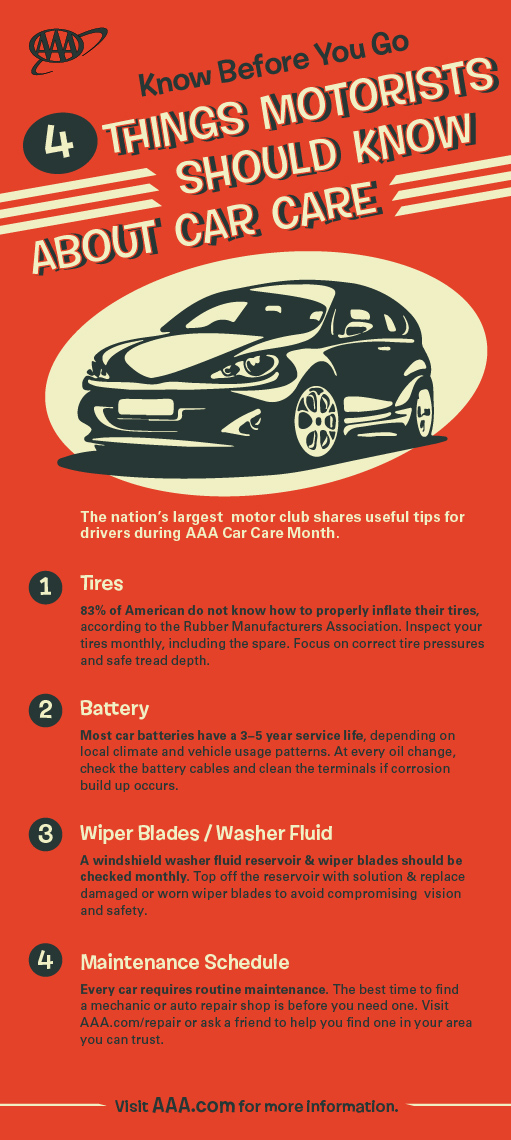Analyzing Your Auto'S Alert Lights: Their True Ramifications
Analyzing Your Auto'S Alert Lights: Their True Ramifications
Blog Article
Content Writer-Samuelsen Corbett
When you're behind the wheel, those glowing warning lights on your control panel can be a little bit difficult. Do you recognize what they're trying to tell you about your cars and truck's wellness? Comprehending the importance of these lights is crucial for your safety and security and the long life of your lorry. So, the next time among those lights appears, wouldn't you intend to analyze its message precisely and take the necessary actions to address it?
Common Caution Lights and Interpretations
Determine typical caution lights in your cars and truck and recognize their significances to ensure risk-free driving.
The most common warning lights consist of the check engine light, which indicates issues with the engine or exhausts system. If this light begins, it's important to have your vehicle examined immediately.
The oil pressure alerting light shows reduced oil pressure, requiring prompt interest to stop engine damages.
A flashing battery light may recommend a defective charging system, potentially leaving you stranded if not dealt with.
The tire stress monitoring system (TPMS) light informs you to low tire stress, affecting vehicle security and fuel effectiveness. Ignoring this can result in unsafe driving problems.
The abdominal muscle light suggests a trouble with the anti-lock stopping system, jeopardizing your capacity to quit promptly in emergencies.
Last but not least, the coolant temperature level cautioning light warns of engine overheating, which can cause serious damages otherwise solved promptly.
Recognizing these common caution lights will aid you resolve problems quickly and preserve safe driving conditions.
Value of Prompt Attention
Understanding the common warning lights in your auto is only the primary step; the value of quickly attending to these warnings can't be emphasized enough to guarantee your security on the road.
When a warning light brightens on your dashboard, it's your vehicle's means of communicating a possible problem that requires interest. Ignoring these warnings can lead to extra severe issues in the future, jeopardizing your security and potentially costing you much more out of commission.
Prompt interest to alerting lights can stop malfunctions and mishaps. For instance, a flashing check engine light could suggest a misfire that, if left neglected, can create damage to the catalytic converter. Resolving this quickly can save you from a costly fixing.
In a similar way, a brake system advising light could indicate reduced brake liquid or used brake pads, crucial parts for your safety when driving.
Do It Yourself Troubleshooting Tips
If you observe a warning light on your control panel, there are a couple of DIY troubleshooting ideas you can try prior to seeking expert aid.
https://oil-and-filter-change61504.dm-blog.com/31299524/plan-for-an-insightful-exploration-of-the-extraordinary-auto-repair-shops-that-can-transform-your-approach-to-auto-maintenance is to consult your automobile's manual to understand what the specific caution light shows. Occasionally the concern can be as straightforward as a loose gas cap activating the check engine light. Tightening the gas cap may fix the issue.
Another common issue is a reduced battery, which can activate various alerting lights. Checking the battery connections for rust and ensuring they're protected could fix the issue.
If a warning light persists, you can attempt resetting it by separating the auto's battery for a few mins and afterwards reconnecting it. In addition, checking your lorry's fluid levels, such as oil, coolant, and brake fluid, can help troubleshoot warning lights connected to these systems.
please click the next site , comprehending your car's warning lights is essential for maintaining your lorry running efficiently and securely. By without delay addressing these signals and understanding what they indicate, you can avoid expensive repairs and potential malfunctions.
Keep in mind to consult your automobile's manual for certain information on each advising light and act appropriately to make sure a trouble-free driving experience.
Remain educated, stay safe on the road!
